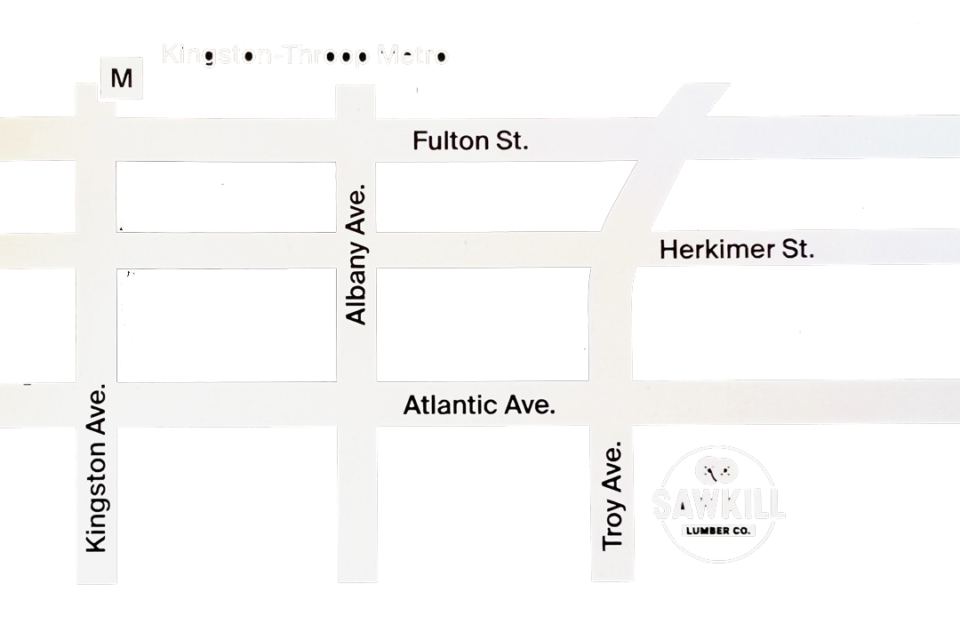 People uprooted from far away and extreme places on earth often find a home in New York City. The same is also true for the materials that surround them. Take an old growth Cypress ceiling recently installed in a lower Manhattan interior. The wood (Bald Cypress:Toxodium distichum) originated in the dense swamps of the South, slow growing (among the slowest aging trees on earth) over seven hundred years. The soaring trees were then cut down for lumber in the early 20th c, and then milled, in this instance, for storage tanks – wine, brandy and whiskey.
People uprooted from far away and extreme places on earth often find a home in New York City. The same is also true for the materials that surround them. Take an old growth Cypress ceiling recently installed in a lower Manhattan interior. The wood (Bald Cypress:Toxodium distichum) originated in the dense swamps of the South, slow growing (among the slowest aging trees on earth) over seven hundred years. The soaring trees were then cut down for lumber in the early 20th c, and then milled, in this instance, for storage tanks – wine, brandy and whiskey.
The architect, Tonos Design Studio, appeals to our nostalgia with these vintage woods, while reversing our expectations, designing a modern arch that also suggests the woods prior use as barrel staves. The warmth of the woods amber grain, subtle signs of age (occasional nail holes, subtle stress cracks and variety of color) and the intimacy of this vaulted form, come together in uniting two spaces, setting the tone for an intoxicating architectural experience. The architect had the material milled to the exact spec, with clear calculations and instructions provided to the contractor, limiting site waste and labor.
But the initial material choice came from the clients, seeking out the sublime beauty of reclaimed swamp Cypress, along with it’s sustainability. Sam Tonos, a Mississippi native (of some years back), may have equally been drawn to the woods Southern roots.




